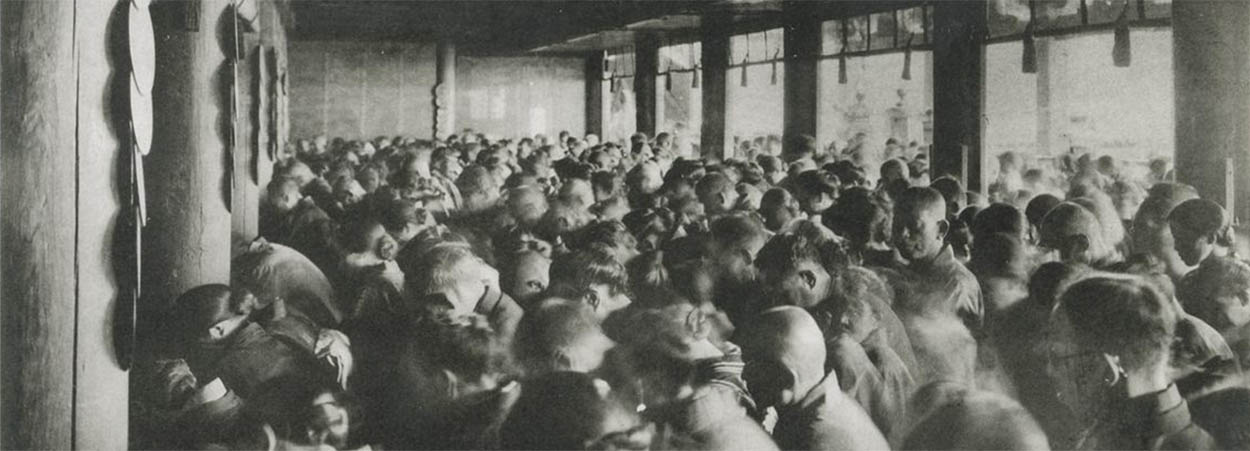Project data
- Head and research: Bernhard Scheid
- Field: Japanese Studies
- Running period: since 2007
- Funding: ÖAW
Shinto Studies and Nationalism
General knowledge has it that Shinto became Japan's state religion when Japan turned into a modern nation state. Yet, as is equally well known, Shinto was officially regarded not as a "religion" but as a "national cult." This led to a confusing picture of Shinto, not only at the popular level, but also on the level of scholarly research. How did Japanese and international scholars contribute and/or react to the concept of Shinto within the framework of Japanese nationalism? How did nationalist discourses of other countries (in particular German nationalism) influence the representation of Shinto? What is the impact of "State Shinto" on the history of Shinto research before and after World War II?
Literature
Bernhard Scheid, Kate Wildman Nakai (eds.), 2013
Kami Ways in Nationalist Territory: Shinto Studies in Prewar Japan and the West. (BKGA 78.) Wien: VÖAW, 2013 (order online).
Oka Masao and the Viennese School of Ethnology
Oka Masao (1898–1981) is considered one of the fathers of modern Japanese social anthropology. In the field of Japanese Studies, he is also known as the author of the dissertation "Kulturschichten in Alt-Japan" (1935), written in German and more than a thousand pages long, as well as the founder of the Institute for Japanese Studies at the University of Vienna (1938). This sub-project is focussing on how the Viennese school of ethnology under the aegis of Father Wilhelm Schmidt (1868–1956) influenced Oka's work.
Publications
Bernhard Scheid (forthcoming), "Der Ethnologe als Geburtshelfer nationaler Identität: Oka Masao und seine Netzwerke, 1935–1945."
Bernhard Scheid (2016), Oka Masao und das schwierige Erbe der Wiener Kulturkreislehre. In: Ralph Lützeler, Wolfram Manzenreiter (ed.), Aso: Vergangenheit, Gegenwart und Zukunft eines Wiener Forschungsprojekts zum ländlichen Japan (Beiträge zur Japanologie 45). Wien: Abteilung für Japanologie des Instituts für Ostasienwissenschaften, Universität Wien 2016, 61–87.
Bernhard Scheid (2014), Das Erbe der Wiener Kulturkreislehre: Oka Masao als Schüler Wilhelm Schmidts. Minikomi 83, pp. 5-21.
Bernhard Scheid (2013), Bunkaken to bunkasō: Oka Masao to Wilhelm Schmidt no minzokugaku ronsetsu 文化圏と文化層―岡正雄とウィルヘルム・シュミットの民族学論説 (Cultural circles and cultural layers: Oka Masao and Wilhelm Schmidt’s ethnological theories.) In: Josef Kreiner (ed.), Nihon minzokugaku no senzen to sengo: Oka Masao to Nihon minzokugaku no ashiwake 日本民族学の戦前と戦後―岡正雄と日本民族学の草分け. Tokyo: Tōkyōdō Shuppan, pp. 362−93.

